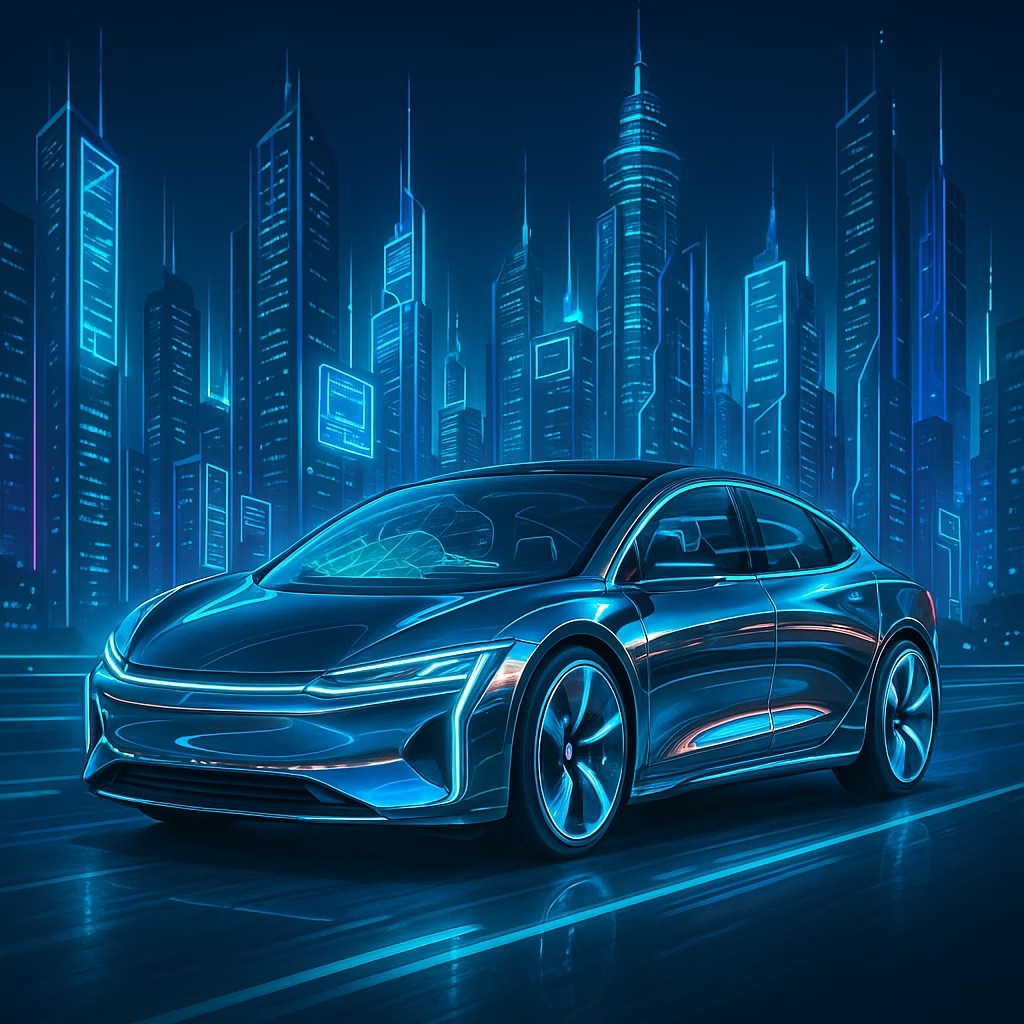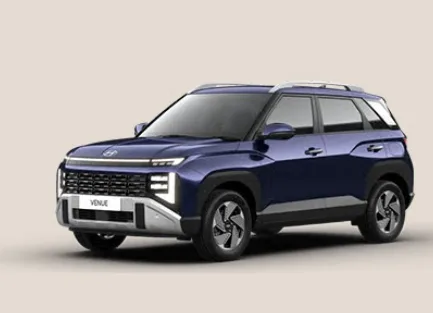Imagine stepping into a car that drives itself while you relax, work, or simply enjoy the journey. Furthermore, this isn’t science fiction anymore – it’s rapidly becoming our reality! As we approach 2030, autonomous vehicles are set to transform how we travel, work, and live. Let’s explore this exciting journey into the future of transportation. 🛣️

🎯 What Are Self-Driving Cars and Why Do They Matter?
Self-driving cars, also known as autonomous vehicles (AVs), represent one of the most significant technological breakthroughs of our time. Additionally, these intelligent machines use advanced sensors, artificial intelligence, and sophisticated algorithms to navigate roads without human intervention.
The importance of this technology extends far beyond convenience. In fact, autonomous vehicles promise to revolutionize road safety, reduce traffic congestion, and provide mobility solutions for millions of people worldwide. Moreover, they offer hope for elderly individuals and people with disabilities who may face challenges with traditional driving.
🚀 The Technology Behind Autonomous Driving: A Deep Dive
👀 Sensors: The Eyes and Ears of Self-Driving Cars
The foundation of autonomous driving lies in advanced sensor technology. Consequently, these vehicles rely on multiple types of sensors working together to create a comprehensive understanding of their environment.
LiDAR (Light Detection and Ranging) serves as the primary vision system for most autonomous vehicles. Currently, solid-state LiDAR units cost around $1,200, but this price is expected to drop significantly to below $400 by 2030. This dramatic cost reduction will make autonomous vehicles more affordable and accessible to everyday consumers.
High-resolution imaging radar complements LiDAR by providing excellent performance in various weather conditions. Unlike traditional cameras, radar works effectively in fog, rain, and snow, making it an essential component for reliable autonomous driving.
MEMS-based LiDAR is emerging as a game-changing technology. This miniaturized version of traditional LiDAR systems is projected to generate $5.4 billion in revenue by 2030, indicating massive market adoption.
Do you know how to earn free cryptocurrency? Click here & Read
🧠 Artificial Intelligence: The Brain of Autonomous Vehicles
The processing power behind self-driving cars is equally impressive. Next-generation Edge AI System-on-Chips (SoCs) will deliver four times the current efficiency, enabling vehicles to process information and make decisions in real-time.
Remarkably, modern simulation tools can generate over 10 million virtual kilometers for every physical test kilometer. This means autonomous vehicles can experience countless driving scenarios in virtual environments before hitting real roads, significantly improving their safety and reliability.
📊 Understanding the Levels of Autonomous Driving
The automotive industry uses a standardized system called SAE (Society of Automotive Engineers) levels to categorize autonomous driving capabilities. Let’s break down what we can expect by 2030:
Level 2: Advanced Driver Assistance 🛡️
Currently, about 28% of new vehicles worldwide feature Level 2 automation. By 2030, this number will jump to approximately 51%, meaning more than half of all new cars will have advanced highway assistance features. These systems can handle steering, acceleration, and braking but still require constant human supervision.
Level 3: Conditional Automation 🤖
This is where things get exciting! Level 3 vehicles can handle driving tasks independently under specific conditions, allowing drivers to take their hands off the wheel. While less than 1% of vehicles currently have this capability, we expect about 8.6% penetration by 2030, representing approximately 7.7 million cars globally.
Level 4: High Automation 🎯
Level 4 represents truly autonomous driving within specific areas or conditions. These vehicles can handle all driving tasks without human intervention in their designated operational zones. By 2030, we anticipate about 2.9% of new vehicles (roughly 2.6 million cars) will feature Level 4 capabilities.
Level 5: Full Automation 🌍
Complete autonomy everywhere remains the ultimate goal. However, Level 5 vehicles will likely represent less than 0.5% of the market by 2030, remaining in niche applications while the technology continues to mature.

💰 The Economic Impact: A Multi-Trillion Dollar Revolution
The financial implications of autonomous driving technology are staggering. The global self-driving car market, valued at $256 billion in 2024, is projected to reach an incredible $2.1 trillion by 2030. This represents a compound annual growth rate of approximately 22%, making it one of the fastest-growing technology sectors.
🚕 Robotaxi Services: Transforming Urban Mobility
Robotaxi services represent one of the most visible applications of autonomous driving technology. By 2030, we expect:
- Global fleet size: 2.5 million robotaxis worldwide
- U.S. market revenue: $7 billion, capturing 8% of the rideshare market
- Global market value: $40 billion with an impressive 60% annual growth rate
These numbers indicate that robotaxis will become a significant part of urban transportation, particularly in dense city centers where parking is expensive and traffic congestion is problematic.
🚛 Autonomous Trucking: Revolutionizing Freight Transportation
The trucking industry stands to benefit enormously from autonomous technology. The autonomous truck market is expected to grow from $29.8 billion in 2022 to $66.5 billion by 2030.
Key benefits include:
- Cost reduction: 25-35% savings per mile through improved fuel efficiency and 24/7 operations
- Driver shortage solution: 50-70% reduction in human driver requirements
- Safety improvements: Significant reduction in accidents caused by driver fatigue
However, this transformation also presents challenges. Up to 4.4 million trucking jobs in the U.S. and EU may face displacement by 2030, requiring comprehensive retraining programs and workforce transition strategies.
📱 Mobility-as-a-Service (MaaS): The Future of Transportation
MaaS represents a fundamental shift from vehicle ownership to mobility services. Revenue forecasts range from $519 billion to over $1 trillion by 2030, driven by integrated multimodal transportation apps and autonomous fleet services.
This model offers several advantages:
- Cost efficiency: Shared autonomous vehicles can achieve over 70% utilization rates
- Convenience: Seamless integration of different transportation modes
- Environmental benefits: Reduced need for private vehicle ownership

🏛️ Regulatory Landscape: Paving the Way for Autonomous Vehicles
Government regulations play a crucial role in autonomous vehicle adoption. Different regions are taking varied approaches to create safe and supportive regulatory environments.
🇺🇸 United States: Leading with Innovation
The U.S. has adopted a relatively flexible approach through NHTSA’s voluntary AV-STEP framework, which emphasizes data sharing and transparency. Additionally, expanded exemption pathways will accelerate the deployment of non-conforming autonomous vehicles.
Insurance liability is also evolving, with responsibility shifting toward manufacturers and AV operators rather than individual drivers. This change is expected to reduce insurance premiums per mile by more than 50% by 2040.
🇪🇺 European Union: Systematic Integration
The EU’s GEAR 2030 roadmap envisions mass-market “driverless” Level 4 systems in urban shuttles and highway pilots by 2030. European regulations focus heavily on cybersecurity, data logging, and over-the-air validation requirements.
🇨🇳 China: Rapid Commercial Deployment
China has taken an aggressive approach, with progressive city-level permits in Beijing, Shanghai, and Shenzhen allowing commercial robotaxi services to charge fares since 2023. National Level 3 and Level 4 standardization is scheduled for rollout in 2026.
🛡️ Safety and Public Trust: Building Confidence in Autonomous Technology
Safety remains the paramount concern for autonomous vehicle adoption. While early deployment data showed ADS-equipped vehicles had crash rates 13 times higher than the U.S. average, this gap is rapidly closing as systems improve with more data and experience.
📈 Safety Improvements by 2030
The potential safety benefits are substantial:
- Fatality reduction: 30% decrease in U.S. traffic deaths with widespread ADS adoption
- Performance parity: ADS crash rates expected to match or exceed human driver safety by 2030
- Consistent performance: Elimination of human factors like fatigue, distraction, and impairment
🤝 Building Consumer Trust
Consumer confidence remains a challenge, with U.S. consumer confidence index for AVs at only 37 out of 100 in 2023. The industry is addressing this through:
- Transparency initiatives: Clear communication about how the technology works
- Demonstration programs: Pilot projects serving elderly and disabled communities
- Safety culture: Emphasis on rigorous testing and validation processes
🌱 Environmental and Urban Benefits
Autonomous vehicles offer significant environmental advantages beyond their direct operation. When combined with electric powertrains, they can deliver substantial reductions in greenhouse gas emissions and urban air pollution.
🌍 Emissions Reduction
Autonomous vehicles with optimized eco-driving algorithms and platooning capabilities can reduce CO₂ emissions per mile by:
- Passenger vehicles: 12-25% improvement
- Freight transportation: 20-30% reduction
Furthermore, robotaxi fleets are expected to be over 80% battery-electric by 2030 in China and EU low-emission zones, amplifying environmental benefits.
🏙️ Urban Planning Transformation
The widespread adoption of autonomous vehicles will fundamentally change how cities are designed and used:
- Parking reduction: MaaS-enabled mode shift could remove up to 30% of private cars in dense cities
- Land use optimization: Repurposing parking spaces for housing, parks, and commercial development
- Traffic flow: Improved coordination and reduced congestion through vehicle-to-everything (V2X) communication
🚧 Challenges and Obstacles: What Still Needs to Be Solved
Despite remarkable progress, several significant challenges remain before fully autonomous vehicles become commonplace.
🧩 Edge-Case Safety
The “long tail” of rare driving scenarios continues to challenge autonomous systems. These include:
- Emergency vehicle interactions: Properly yielding to ambulances and fire trucks
- Severe weather conditions: Handling heavy snow, ice, and flooding
- Construction zones: Navigating temporary traffic patterns and human flaggers
- Unusual road users: Dealing with cyclists, pedestrians, and animals in unexpected situations
🔒 Cybersecurity and Privacy
As vehicles become more connected, they also become more vulnerable to cyber attacks. Critical security considerations include:
- Over-the-air updates: Securing software updates delivered wirelessly
- Remote operations: Protecting communication channels for fleet management
- Data privacy: Safeguarding passenger and location information
- Attack surface: Minimizing vulnerabilities across multiple connected systems
🏭 Supply Chain Constraints
The autonomous vehicle industry faces ongoing challenges in securing critical components:
- High-performance processors: Limited capacity for automotive-grade GPUs
- LiDAR components: Specialized manufacturing requirements for sensor production
- Rare earth materials: Dependency on limited global suppliers for battery and sensor materials
🔮 Looking Ahead: Three Scenarios for 2030
Based on current trends and potential developments, we can envision three possible scenarios for autonomous vehicle adoption by 2030:
🐌 Conservative Scenario
- 25 cities with commercial robotaxis
- 18 million global AV fleet
- 6% of passenger kilometers traveled in autonomous vehicles
- 4% of truck freight handled by autonomous systems
⚖️ Base-Case Scenario
- 60 cities with commercial robotaxis
- 25 million global AV fleet
- 11% of passenger kilometers in autonomous vehicles
- 8% of truck freight via autonomous systems
🚀 Accelerated Scenario
- Over 100 cities with commercial robotaxis
- 40 million global AV fleet
- 20% of passenger kilometers in autonomous vehicles
- 15% of truck freight through autonomous operations
💡 Strategic Implications for Different Stakeholders
🏛️ For Policymakers
Government leaders should focus on creating balanced regulatory frameworks that promote innovation while ensuring public safety. This includes harmonizing international standards and investing in workforce transition programs.
🏢 For Businesses
Companies should prioritize explainable AI systems and robust cybersecurity measures. Building strategic partnerships for Mobility-as-a-Service offerings will be crucial for capturing the trillion-dollar revenue opportunity.
🏦 For Financial Services
Insurance companies and financial institutions should pivot their business models toward product liability and data-driven services, leveraging vehicle telemetry for dynamic pricing and risk assessment.
🌟 Conclusion: A Transformative Decade Ahead
As we stand on the brink of 2030, the autonomous vehicle revolution is no longer a question of “if” but “when” and “how quickly.” The technology has matured from experimental prototypes to commercial deployments, with dozens of cities worldwide preparing for large-scale robotaxi operations.
The economic impact will be profound, with over $2 trillion in market value and millions of jobs transformed across transportation, technology, and service industries. Meanwhile, the potential for enhanced safety, reduced emissions, and improved mobility access presents compelling benefits for society as a whole.
However, success is not guaranteed. The coming years will require careful coordination between industry, government, and civil society to address remaining technical challenges, build public trust, and manage economic transitions. The choices made today regarding regulation, safety standards, and workforce development will determine whether autonomous vehicles deliver on their transformative promise.
Ultimately, the road to 2030 offers an opportunity to create a safer, more efficient, and more inclusive transportation system. With disciplined collaboration and continued innovation, we can navigate toward a future where autonomous vehicles enhance human mobility while addressing some of our most pressing societal challenges. 🌈
Disclaimer: This article and images are generated via Perplexity, which is an AI-powered research and writing assistant. While we strive for accuracy, AI systems can make mistakes or provide outdated information. Please verify important details from authoritative sources before making decisions based on this content.















Join Us on Social Media!
Stay updated with the latest from EasyBuzz. Connect with us: